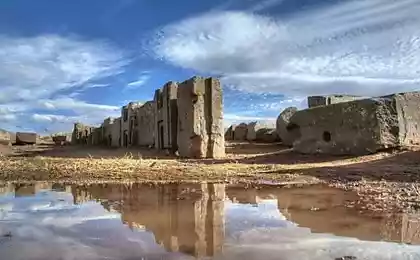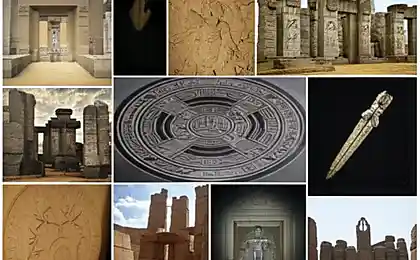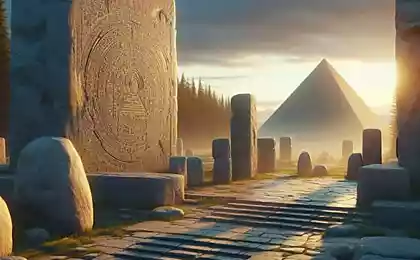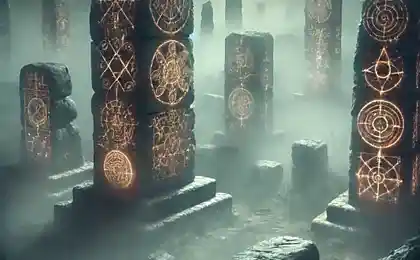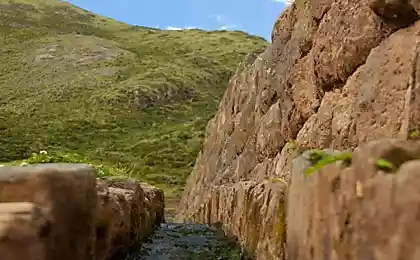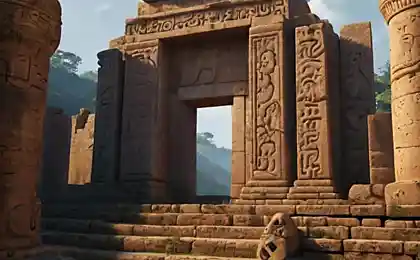1558
Megalith Puma Punku
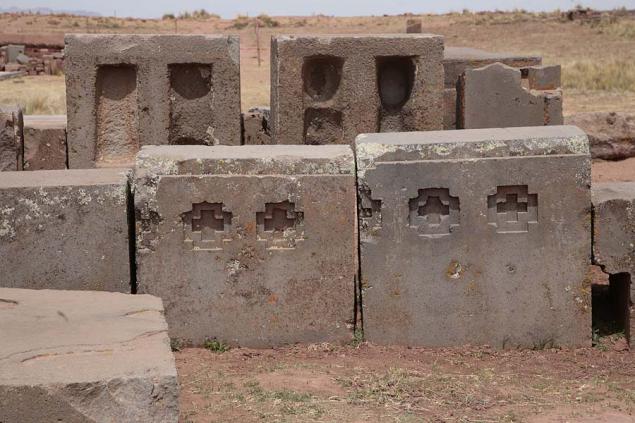
The ancient megalith Puma Punku in Bolivia - one of the most mysterious attractions planet. Mystery remains unsolved as to representatives of academic history and archeology, as well as for historians and enthusiasts, exploring the hypothesis advanced prehistoric civilization or traces of aliens in ancient times.
Puma Punku is a big part of a large ancient city of Tiwanaku, located to the southeast of Lake Titicaca in the Andes mountains. City bears traces of the presence of the Incas in this part of South America.
Mystery is the extraordinary complexity and precision characteristic of these ruins. Elaborately carved doorways and stone blocks do not have any traces of coinage and is usually adjusted to each other with incredible accuracy.
Professor of Anthropology at the University of Wisconsin Jason Yeager said that the city was already abandoned when the Incas conquered this region in 1470. Anyway, the Incas did not suffer any costs, including Puma Punku and the whole town Tiwanaku in his empire, and then the culture.
They believed that the city was the very spot where Viracocha, their deity created the people who became the ancestors of all nationalities and sent them all over the world that they inhabited the land of their future.
They (the Incas) is somewhat changed the configuration of existing structures, adapting them to their own rituals peculiar to their cosmology, "says Yeager in his article in the magazine« School for Advanced Research ». Turning these spaces in the "memorials" Inca Tiwanaku revered as the place where Viracocha created the first pair of all nations, thus setting the differences form the basis of the Inca rule.
Jager said that the Incas perceived befell stone figures near Puma Punku as a model of the first people out of their myth of the creation of the world. In fact, today they are considered monuments of the ancient rulers of the city
The true origin and age of the megalith is still a matter of dispute. According to the results of radiocarbon analysis conducted by anthropologist William Isbell of the University of Illinois, it was built between about 500 and 600 years BC. Other scientists believe that the radiocarbon study provides inaccurate information and structure could be created for many thousands of years earlier.
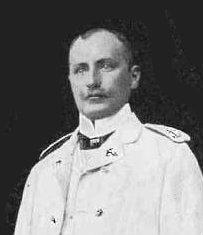
Arthur Poznanski
Earlier, scientist and engineer Arthur Poznanski, one of the first modern explorer of this place include age megalithic period to about 15 thousand years BC. Poznanski used to determine the age structures of its astronomical devices. "They built a temple, which is a giant clock," says Steed in one of his interview with «Forbidden History»
On the first day of spring, the sun rises exactly over the center of the temple, its rays pass through the stone arch. Point sunrise moves on the horizon throughout the year. Poznanski hoping to find that it is over the corner stones on the other side of the house during the summer and winter solstice, but it turned out that these points are located at some distance from those anticipated.
By calculating the location of the point of sunrise 17 thousand years ago in the days of the solstice, he found a full match them with the corners of the temple.
Bolivian archaeologist Dr. Oswald Rivera agrees that the temple was built on the basis of astronomical constructions. Facilities were deliberately oriented to the cardinal, he said. However, builders have made a mistake, because of which the sun does not rise just above the cornerstones of solstices.
Steed does not agree with the fact that these pedantic builders could make such a mistake. The stones fit together with such accuracy that between them is nowhere to be even insert the needle tip. "Assessing the skill with which buildings are constructed, I think the assumption is an error with the solstices simply incredible," he says. Measurements Poznanski were confirmed by many modern engineers, but its findings continue to cause controversy.
Among other features can be called megalithic complex irrigation system and carefully drilled holes and channels in some blocks of stone, surpassing his skill and capabilities of the Inca known to the peoples of the region-Inca period.
Yeager writes: "Landscapes and monumental buildings form a harmonious structure that embodies the human experience and knowledge, as well as an interaction that is not completely arbitrary. These stunning places are a magnet for different ideas, they become real characters, accumulation of human knowledge for centuries. "
Your text to link ...
